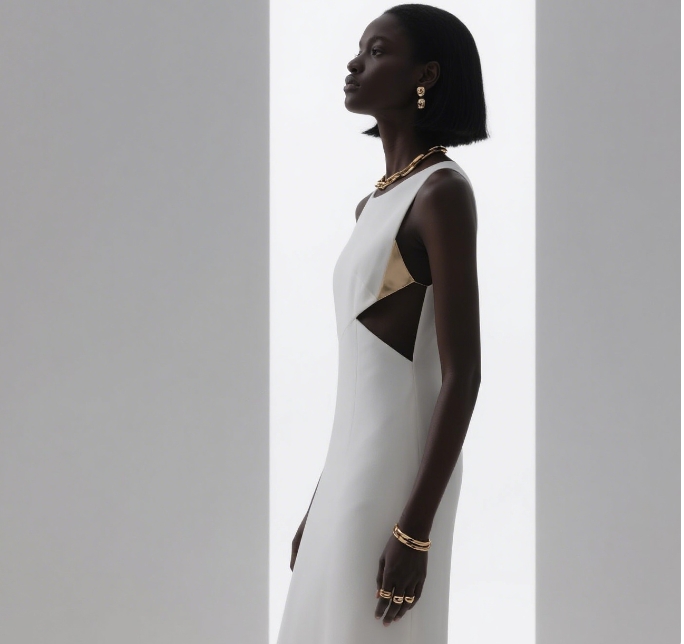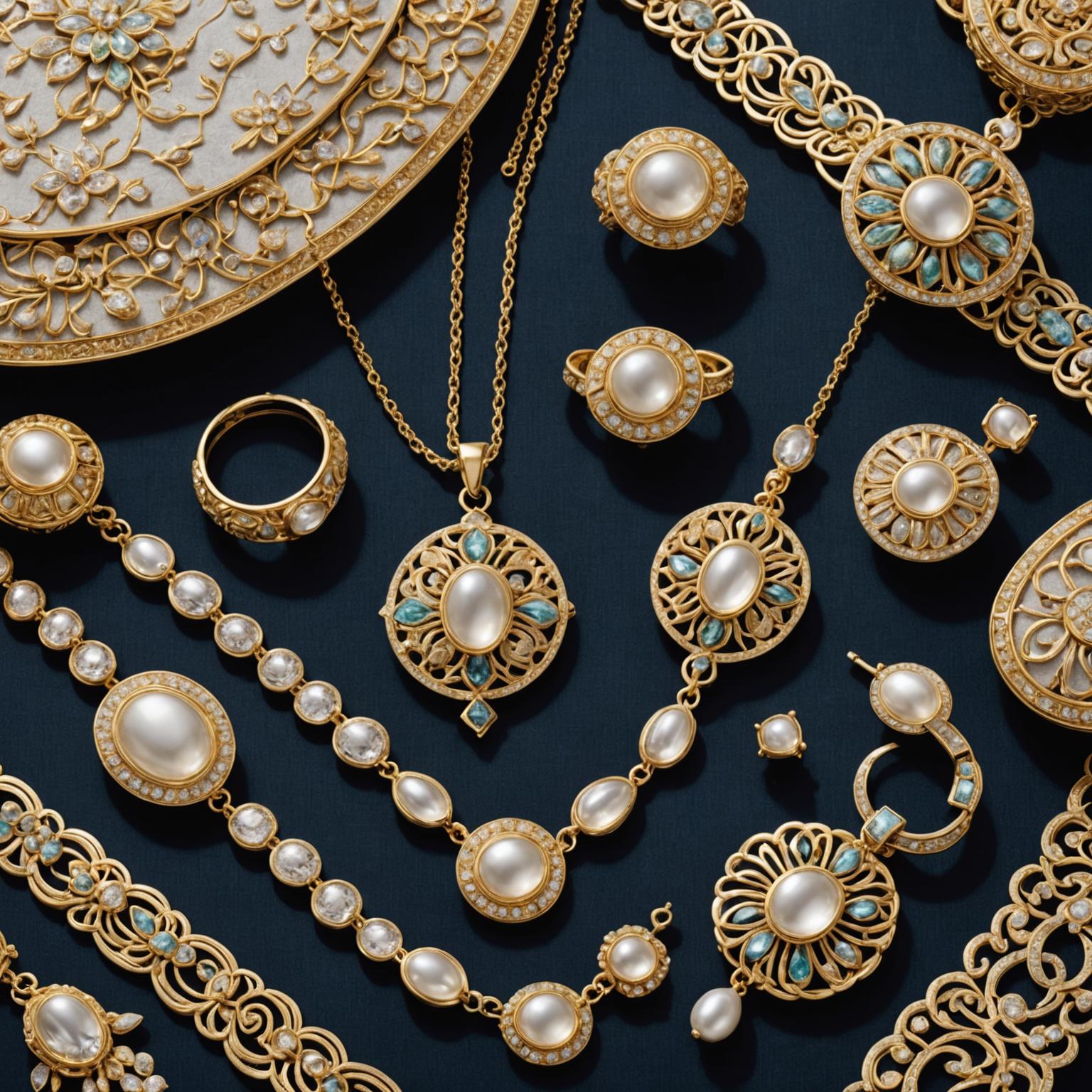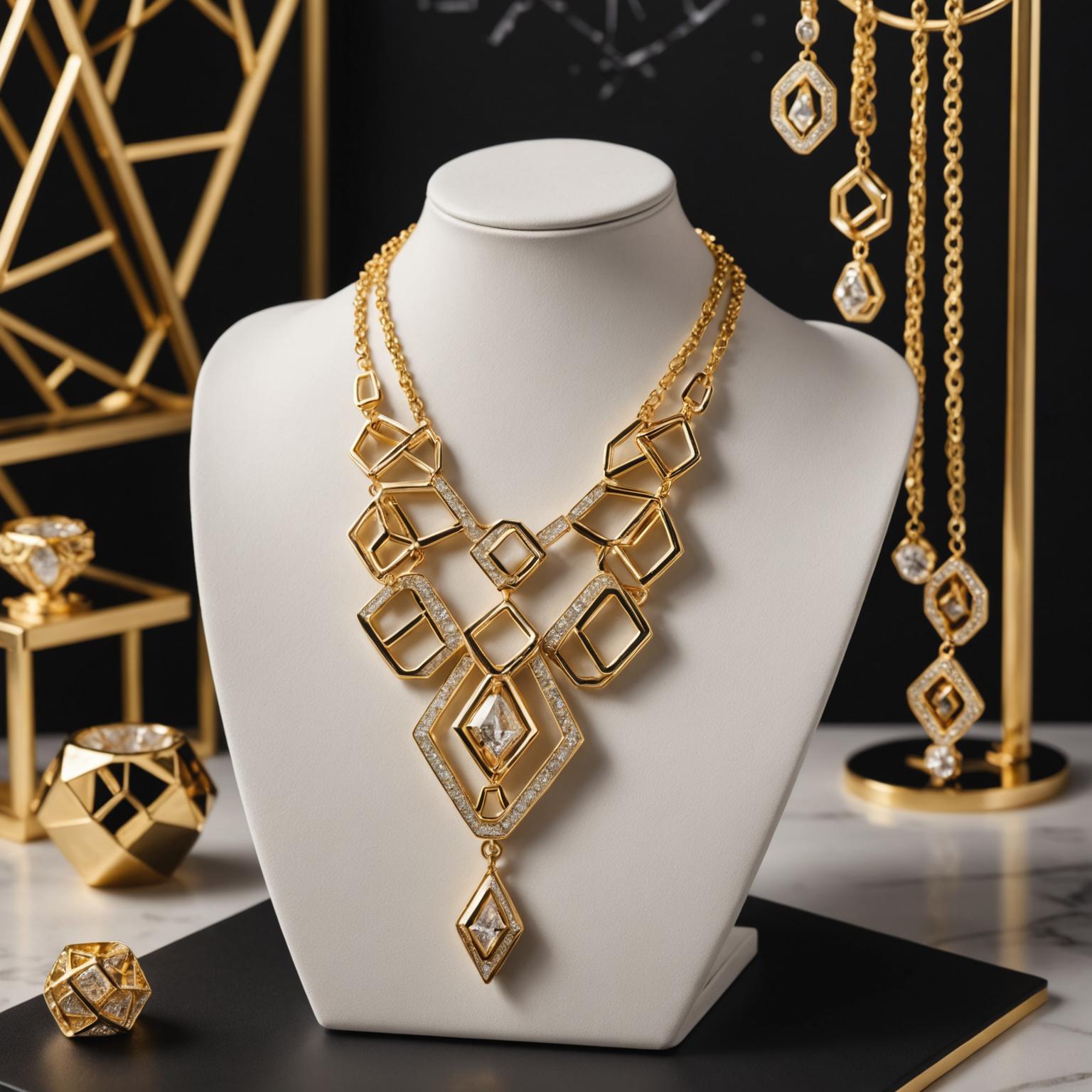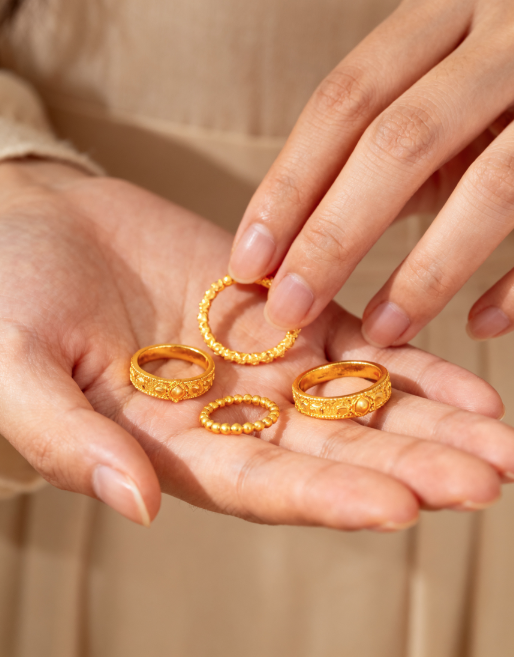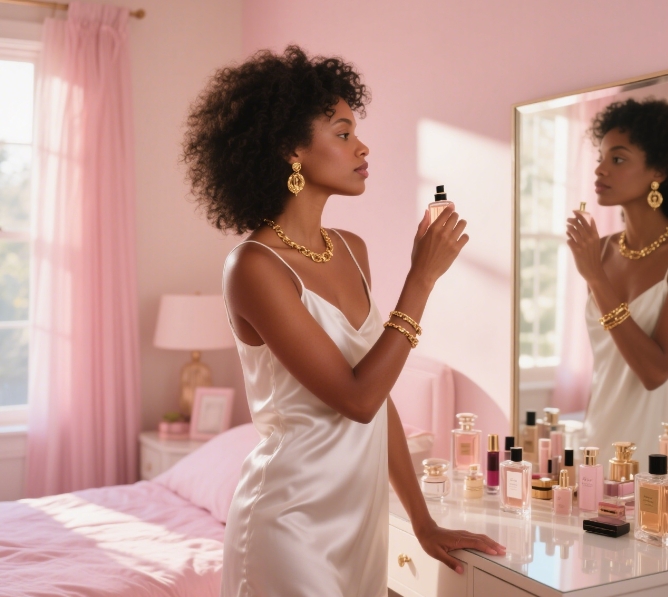Judging from the visual first impression, the golden luster is the core starting point that triggers the reaction of the opposite sex. For most opposite sex, moderately shining gold jewelry (such as fine rose gold clavicle chains, simple K gold earrings) will become the visual focus, naturally guiding the attention to the wearer's neck, hands and other details, and then pay attention to the exquisiteness of the overall outfit. This "highlight of details" can easily allow the opposite sex to form a preliminary judgment that "the other party pays attention to image and has quality of life".
Especially in dating, socializing and other occasions, it is easier to leave a deep impression than an image without accessories or accessories. On the contrary, if you wear too exaggerated gold jewelry (such as heavy gold necklaces and oversized gold bracelets), some opposite sex may link it to "flattering" and "exaggeration", especially in simple daily scenes, which may create a sense of distance; but in formal occasions such as parties and celebrations, such jewelry may be interpreted as "atmosphere" and "confidence", which is in line with the aesthetic expectations of the scene.
From the perspective of temperament and personality association, the style of golden jewelry will promote the opposite sex to produce a deeper psychological projection. Women wearing delicate and compact light gold and rose gold accessories can easily make the opposite sex feel the temperament of "gentle", "elegance" or "intellectual" - the soft luster of this type of jewelry is highly adaptable to the cold white or warm yellow skin, and the "restrained exquisiteness" conveyed will reduce the sense of social distance and will more easily arouse the favor and desire of the opposite sex. Women who choose retro jewelry with strong design sense such as old franchising and geometric shapes K gold often remind the opposite sex of their "independent", "independent" and "aesthetic taste". This "not cater to the public" style expression is more attractive to the opposite sex who appreciates uniqueness and may stimulate their desire to explore.
In addition, if women wear commemorative gold jewelry for a long time (such as family-born gold jewelry and gold rings given by their partners), inadvertent mention or display will allow the opposite sex to feel their "emotional" and "story-like" characteristics, thereby enhancing their sense of trust.
From the perspective of social cognition and scene adaptation, the reactions of the opposite sex will also be affected by cultural background and occasion atmosphere. In traditional cognition, gold is related to "precious" and "stable".
Therefore, women wearing simple gold jewelry may give the opposite sex an impression of "stable" and "reliable". Especially in formal social or marriage scenarios, this impression can easily increase favorability. However, in the context of pursuing youthfulness and trendiness, overly traditional styles of gold may make young opposite sex feel "old-handsome", while more modern choices such as rose gold and color-blocking K gold are more in line with their aesthetic preferences. At the same time, the coordination between jewelry and outfit is also crucial: if the golden jewelry is unified with clothing and makeup styles (such as commuting clothes with fine gold chains, dresses with diamond-inlaid gold jewelry), the opposite sex will recognize it as "knowing to match and having aesthetics"; if the matching is chaotic (such as sportswear with exaggerated gold bracelets), it may make the opposite sex feel "poor taste" and weaken the overall favorability.
In summary, the impact of golden jewelry on the opposite sex is essentially the transmission medium of "wearer's personality and aesthetics", and its effect depends on the matching degree of "jewelry style - wearer's temperament - scene atmosphere". Moderate and style-compatible golden jewelry can become a "plus point" to amplify feminine charm, triggering the favorable, appreciation and desire for exploration of the opposite sex; otherwise, it may convey a signal that is inconsistent with expectations and affect the perceived judgment of the opposite sex.



